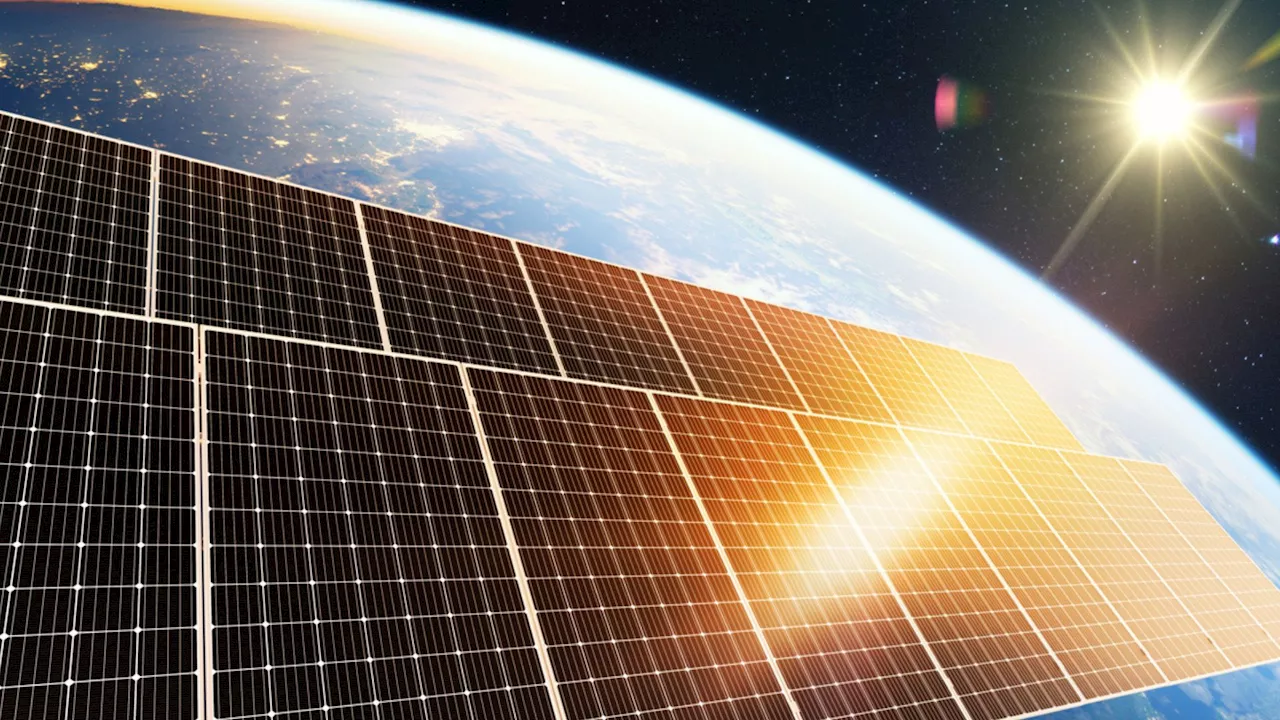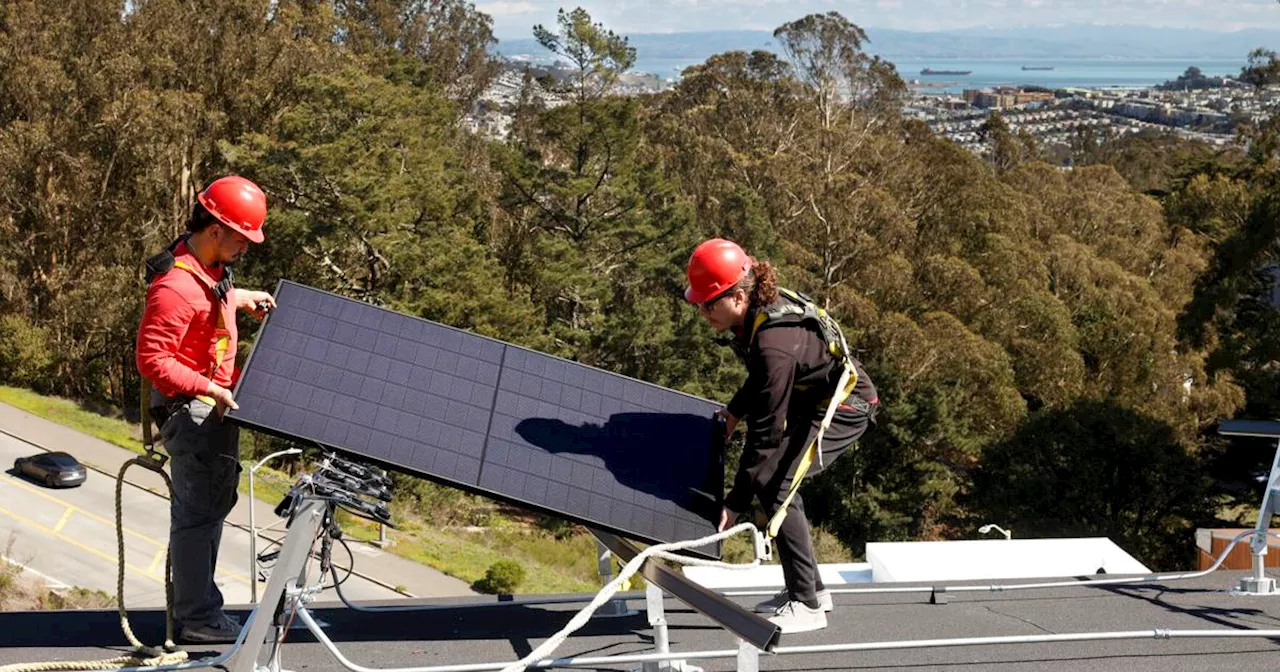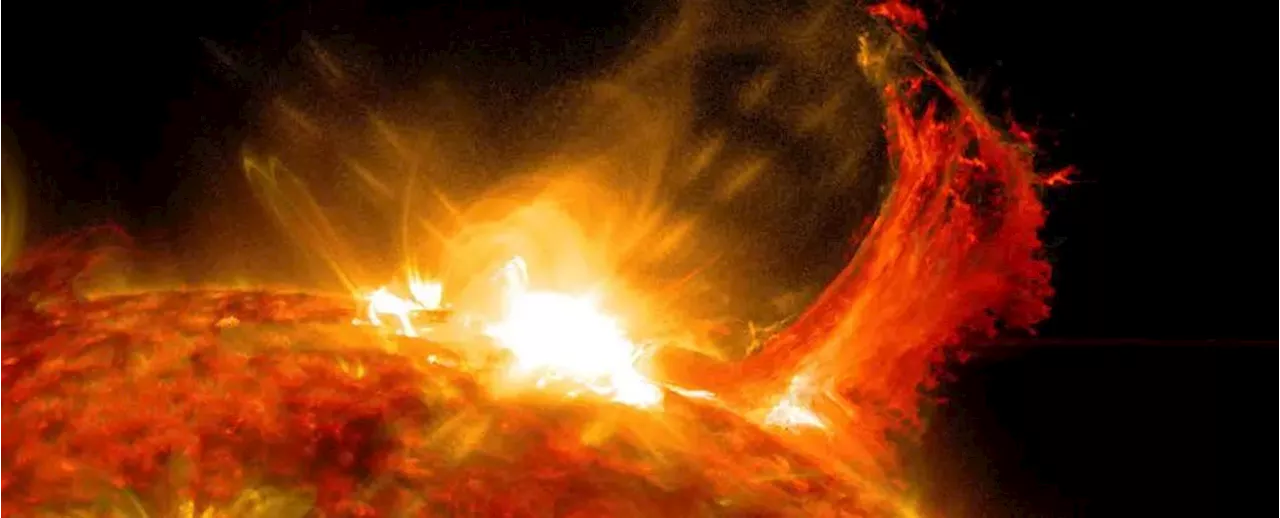Artificial intelligence algorithms trained on decades of solar data have demonstrated remarkable accuracy in predicting the occurrence of solar flares, coronal mass ejections (CMEs), and the resulting geomagnetic storms on Earth. This breakthrough marks a significant advancement in space weather forecasting and could lead to more effective mitigation strategies against the disruptive effects of solar events.
The Sun, a seething mass of electrically charged gas called plasma, is constantly influenced by its magnetic field. The unpredictability of solar activity poses a significant challenge to modern solar physicists. One particular concern is the impact of coronal mass ejection s (CMEs), massive bursts of plasma ejected from the Sun's corona due to disruptions in its magnetic field.
These explosive events, often associated with solar flares, occur when magnetic field lines suddenly realign, releasing vast amounts of energy. CMEs can travel at speeds ranging from hundreds to thousands of kilometers per second, sometimes reaching Earth within days if their trajectory is directed towards us. Upon impact, they can disrupt satellite communications, GPS systems, and power grids, and trigger auroral activity, creating stunning displays of the northern and southern lights. Accurately forecasting these events and their effects on our magnetosphere has been a longstanding challenge for astronomers.However, recent advancements in artificial intelligence (AI) offer a promising solution. Researchers have harnessed the power of machine learning algorithms trained on decades of solar activity data to uncover complex patterns that traditional methods might miss. These AI-powered tools can analyze vast datasets and identify subtle indicators of impending solar events, significantly improving our ability to predict their occurrence and impact.A groundbreaking example of this technology is its application to the May 2024 solar storm. Using AI, scientists were able to accurately predict the occurrence of solar flares, CMEs, and the corresponding geomagnetic storms on Earth. The predictions revealed unprecedented accuracy, significantly reducing uncertainties compared to traditional methods. This success highlights the transformative potential of AI in solar physics, paving the way for more effective mitigation strategies against the disruptive effects of CMEs. Future applications of this technology could enhance our understanding of solar activity, provide more reliable forecasts of space weather, and protect critical infrastructure on Earth from the potentially damaging effects of solar events
AI Solar Storm Coronal Mass Ejection Geomagnetic Storm Space Weather Forecasting
United States Latest News, United States Headlines
Similar News:You can also read news stories similar to this one that we have collected from other news sources.
 Machine Learning Predicts Solar Activity with Unprecedented AccuracyA new study using machine learning algorithms demonstrates the ability to accurately predict solar flares, coronal mass ejections (CMEs), and geomagnetic storms with a significant reduction in uncertainties compared to traditional methods. This breakthrough could lead to better preparedness for the potential disruptions caused by these solar events, such as power outages, communication problems, and auroral activity.
Machine Learning Predicts Solar Activity with Unprecedented AccuracyA new study using machine learning algorithms demonstrates the ability to accurately predict solar flares, coronal mass ejections (CMEs), and geomagnetic storms with a significant reduction in uncertainties compared to traditional methods. This breakthrough could lead to better preparedness for the potential disruptions caused by these solar events, such as power outages, communication problems, and auroral activity.
Read more »
 AI Predicts Solar Storms with Unprecedented AccuracyA new study by a team of astronomers led by Sabrina Guastavino from the University of Genoa demonstrates that machine learning algorithms can accurately predict solar storms, including flares, CMEs, and geomagnetic storms. By analyzing decades of solar activity data, the AI models were able to identify complex patterns and predict the May 2024 solar storm with remarkable precision.
AI Predicts Solar Storms with Unprecedented AccuracyA new study by a team of astronomers led by Sabrina Guastavino from the University of Genoa demonstrates that machine learning algorithms can accurately predict solar storms, including flares, CMEs, and geomagnetic storms. By analyzing decades of solar activity data, the AI models were able to identify complex patterns and predict the May 2024 solar storm with remarkable precision.
Read more »
 China plans space solar station with half-mile-long arrays for unprecedented powerThis project is still in the early planning phases, and it could take many years to become a reality.
China plans space solar station with half-mile-long arrays for unprecedented powerThis project is still in the early planning phases, and it could take many years to become a reality.
Read more »
 San Francisco Solar Company Aurora Solar Lays Off 58 WorkersAurora Solar, a San Francisco-based solar energy software company, has laid off 58 employees, marking the second round of job cuts in a year. The company cited 'ongoing macroeconomic challenges and continued uncertainty in the solar industry' as reasons for the layoffs. Aurora plans to refocus its business in response to the current market conditions.
San Francisco Solar Company Aurora Solar Lays Off 58 WorkersAurora Solar, a San Francisco-based solar energy software company, has laid off 58 employees, marking the second round of job cuts in a year. The company cited 'ongoing macroeconomic challenges and continued uncertainty in the solar industry' as reasons for the layoffs. Aurora plans to refocus its business in response to the current market conditions.
Read more »
 Anker's Solix Solar Beach Umbrella harnesses Perovskite Solar TechAnker's new Solix Solar Beach Umbrella features a perovskite solar cell technology that promises higher efficiency and lower costs compared to traditional silicon-based cells. The umbrella can generate up to 100W of power, enough to keep Anker's Solix EverFrost 2 Electric Cooler running indefinitely in sunny conditions.
Anker's Solix Solar Beach Umbrella harnesses Perovskite Solar TechAnker's new Solix Solar Beach Umbrella features a perovskite solar cell technology that promises higher efficiency and lower costs compared to traditional silicon-based cells. The umbrella can generate up to 100W of power, enough to keep Anker's Solix EverFrost 2 Electric Cooler running indefinitely in sunny conditions.
Read more »
 Jackery’s Solar Roof announced alongside new solar generator at CES 2025Jackery’s Solar Roof features curved tiles in terra-cotta red or black with a 25 percent conversion efficiency, while its DC-DC car charger outputs 600W.
Jackery’s Solar Roof announced alongside new solar generator at CES 2025Jackery’s Solar Roof features curved tiles in terra-cotta red or black with a 25 percent conversion efficiency, while its DC-DC car charger outputs 600W.
Read more »
